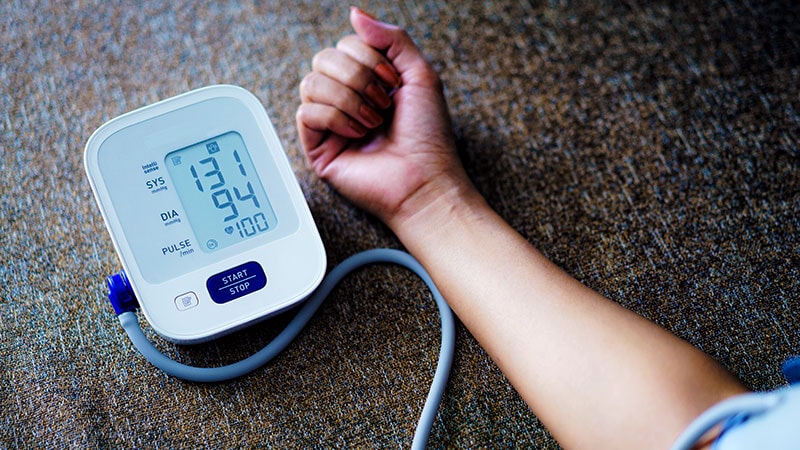Blood pressure (BP) measurement is a core component of patient assessment in clinical care. It helps guide medication dosing, supports treatment decisions, and is essential for the diagnosis of hypertension. As high BP is often asymptomatic, its accuracy is critical. Measurement errors can lead to misdiagnosis and inappropriate treatment.
The Riva-Rocci-Korotkoff method, which uses a cuff sphygmomanometer to measure brachial BP, has been used in clinical practice for more than 100 years. Although BP thresholds and treatments have evolved, this method, which is now built into automated oscillometric cuff devices, remains the standard. It forms the basis of the World Health Organization recommendations and clinical hypertension guidelines. Although this technique may seem simple, it requires multiple steps to ensure accurate and consistent reading. A difference of 5 mm Hg in systolic BP could lead to the misclassification of hypertension in 84 million people worldwide.
Measurement Accuracy
Sex Differences
Recent studies have shown sex-based differences in the accuracy of automated BP measurements compared with intra-arterial BP measurements. At the same intra-arterial BP level, systolic BP measured using an automated cuff was consistently lower in women than in men, suggesting an underestimation of cardiovascular risk in women. This discrepancy may lead to unrecognized undertreatment and could help explain why women face a higher risk for cardiovascular disease at brachial cuff BP levels similar to those of men.
Anatomical Factors
Anatomical differences may partially explain this variation. Individuals with a large difference between proximal and distal arm circumferences are more likely to receive inaccurate BP readings than those with a more uniform mid-arm shape. Consequently, women are more likely to experience poor fit with cylindrical cuffs that often extend beyond the elbow.
Cuff Size
Limited data exist on how cuff size affects the agreement between automated and manual BP readings and whether this varies by sex.
A study of 3735 participants from the National Health and Nutrition Examination Survey (49% women; average age, 45 years) found that automated systolic BP readings were lower than manual readings. In women, the gap widened with larger cuffs, up to -6.4 mm Hg with extra-large cuffs. In men, underestimation occurred only with extra-large cuffs (-2.4 mm Hg). Differences in arm shape, body size, and adiposity were associated with discrepancies between automated and manual systolic BP readings in both sexes, particularly in extra-large cuffs.
The agreement between the automated and manual systolic BP classifications decreased as cuff size decreased from moderate for adults and large cuffs to poor for extra-large cuffs. This pattern was similar in both women and men.
Clinical Implications
- In women, automated systolic BP progressively underestimates manual systolic BP as cuff size increases.
- In men, this underestimation occurred only with extra-large cuffs.
- Differences between automated and manual systolic BP measurements were linked to arm size, body size, and adiposity in both sexes, particularly in extra-large cuffs.
- The agreement in hypertension classification between automated and manual systolic BP declined as cuff size increased, with similar patterns for women and men.
- The reduced accuracy of automated systolic BP measurements with larger cuffs may lead to inappropriate clinical decisions and requires further study.
This story was translated from Univadis Italy.
Source link : https://www.medscape.com/viewarticle/why-your-arm-shape-skews-blood-pressure-readings-2025a1000kno?src=rss
Author :
Publish date : 2025-08-04 10:50:00
Copyright for syndicated content belongs to the linked Source.
